10+ Toy Catalog Examples to Download
Shopping for toys — whether it’s a birthday present or a Christmas gift — can be quite a drag for people of a certain age group. It’s not that these toys aren’t fun to look at anymore, but with the wide range of goods that fill a toy store, it will take forever to choose the right one. After all, not everyone has the time to visit a retail store to find the perfect toy in a pile of gadgets and gizmos. This is why for many manufacturers and consumers, using catalogs which display items in a single sheet or page is always ideal to achieve successful marketing.
Baby Toy Shop Catalog Example
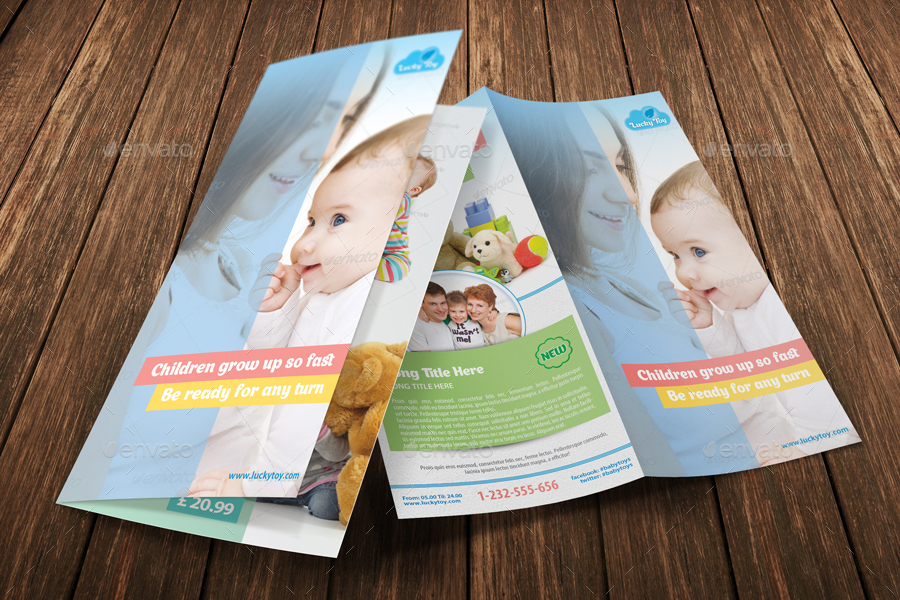
Multipurpose Toy Catalog Example

What is a Catalog?
Have you ever bought an item from just looking at a product catalog? Maybe it’s something you never thought existed before, or perhaps it’s a product you never considered buying because you thought the item costs way more than it actually does. Fortunately, the catalog was able to deliver key information to you in such a way that has influenced your buying behavior.
By definition, a catalog consists of a systematic list of items that are published on a printed document or on the internet. This is a popular approach to marketing that allows a particular business to reach out to their target consumers directly. Regardless if a person purchases anything or not, the company was still able to create brand awareness in a subtle yet effective manner.
Catalog marketing is a unique sales technique that businesses use to sell their goods. Items are typically grouped into specific sections for consumers to choose from. In this method, consumers are given the opportunity to purchase goods through a printed piece or an online store by using a phone or filling up a form to place in their order. There are also cases where the catalog simply serves as an intermediate between manufacturers and their customers for successful advertising. You may also see portfolio catalog designs & examples.
Wholesale Product & Toy Catalog Example
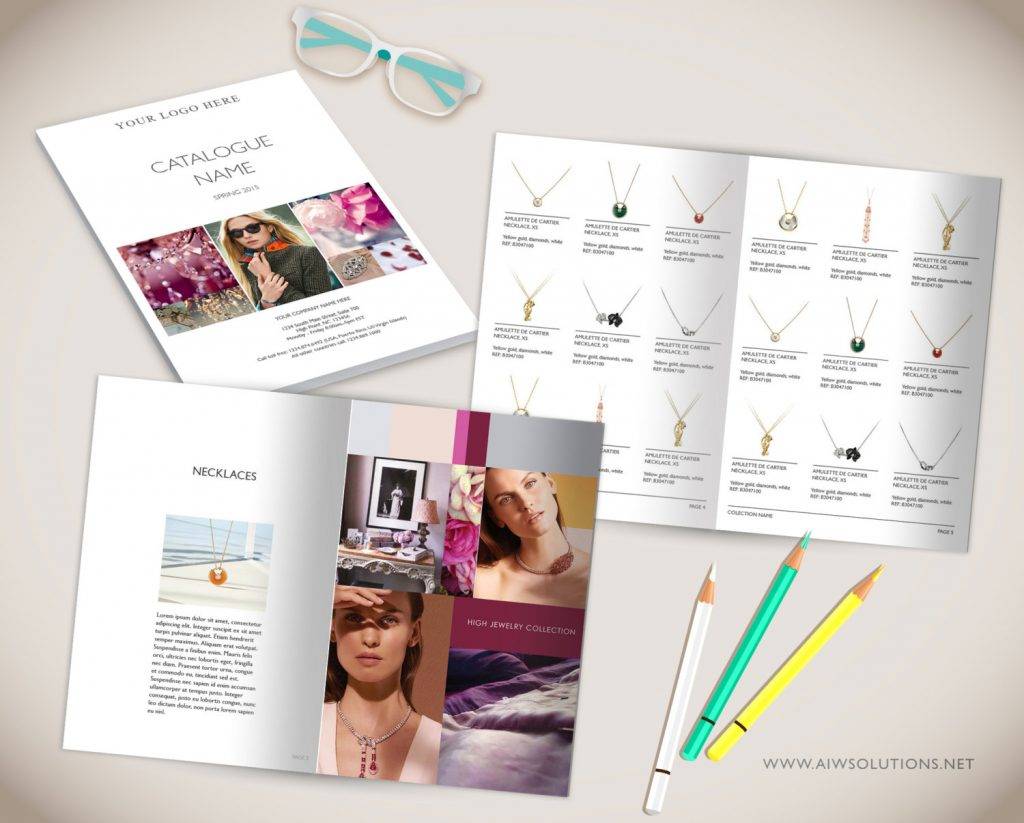
Toy Store Catalog Example
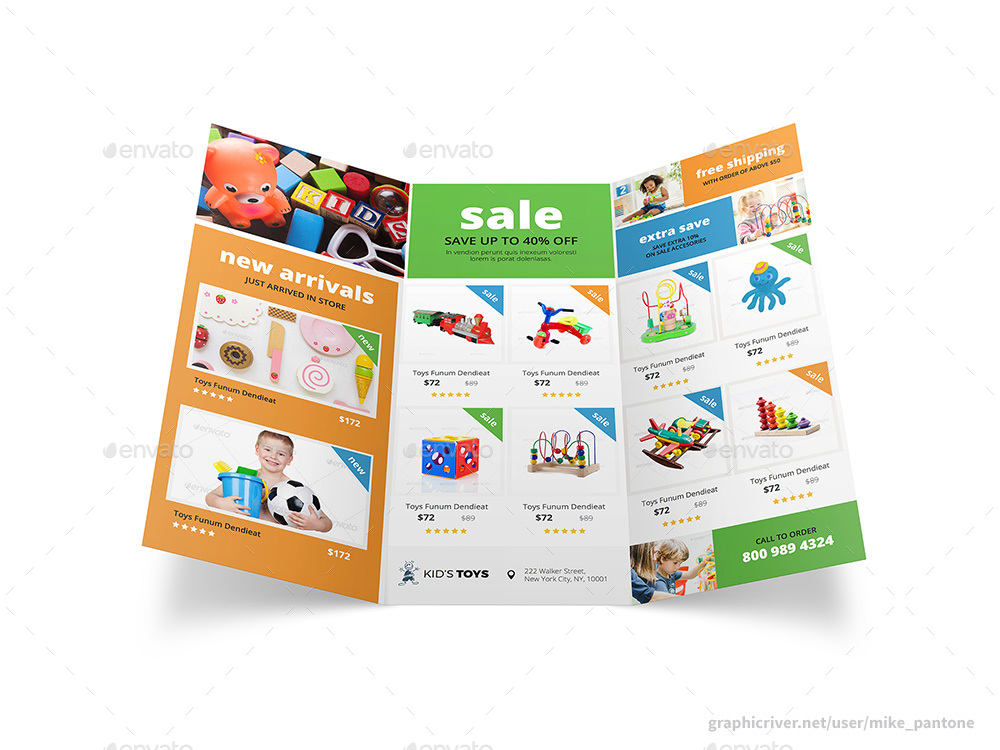
Types of Catalogs
There are different types of catalogs that fall under catalog marketing, with each type serving an ideal purpose to suit the needs of every marketer.
1. Print Catalogs
Considered as the most common type of catalog that has been used for many years, print catalogs offer a number of benefits for companies looking to market a series of goods to clients and customers. Some print catalogs are designed to present a single line of items, such as clothes, while others feature a diverse collection of goods offered by a given brand. It contains images and descriptions of the said items, along with pricing and ordering details. This catalog type is popular among toy companies since its palpable nature makes it a lot easier for children to browse through as well. Other print catalogs even come with order forms and return envelopes to promote quick and easy transactions. You may also see fashion catalog examples.
2. Online Catalogs
Thanks to modern technology, companies can now branch out to their online audience by posting online catalogs for potential buyers to browse through. Not only can you save on printing and mailing costs, but this can also help you build the brand’s online presence. This catalog type is fairly similar to that of a print catalog, in which items are grouped and displayed in the same fashion. Here, customers can purchase their desired items with ease by simply browsing through each page to find the items they want, putting them in a virtual shopping cart, and using an electronic payment method to complete the transaction. You may also like travel catalog examples.
3. Single Company Catalogs
There are some companies that produce catalogs that feature their own line of products. These catalogs are made to focus on goods that are manufactured by the same company in order to boost brand awareness and increase sales. Manufacturers of sporting goods, footwear, apparel, kitchenware, auto parts, cosmetics, and home furnishings are just some examples of entities that create single company catalogs. Here, products under the same category are typically grouped into specific sections to make it easier for consumers to find what they need. You may also check out minimal brochure examples and designs.
4. Multiple Company Catalogs
Some retailers, such as supermarkets and toy stores, sell products from more than just a single brand. Mass retailers usually opt for multiple company catalogs to sell their items due to the wide variety of goods offered. In this type of catalog, competing brands can often be seen on the same page. Manufacturers are usually granted a portion of the sales, which is given by the producer of the catalog after a transaction has been made. You might be interested in a4 brochure designs and examples.
Toys Product Catalog Example
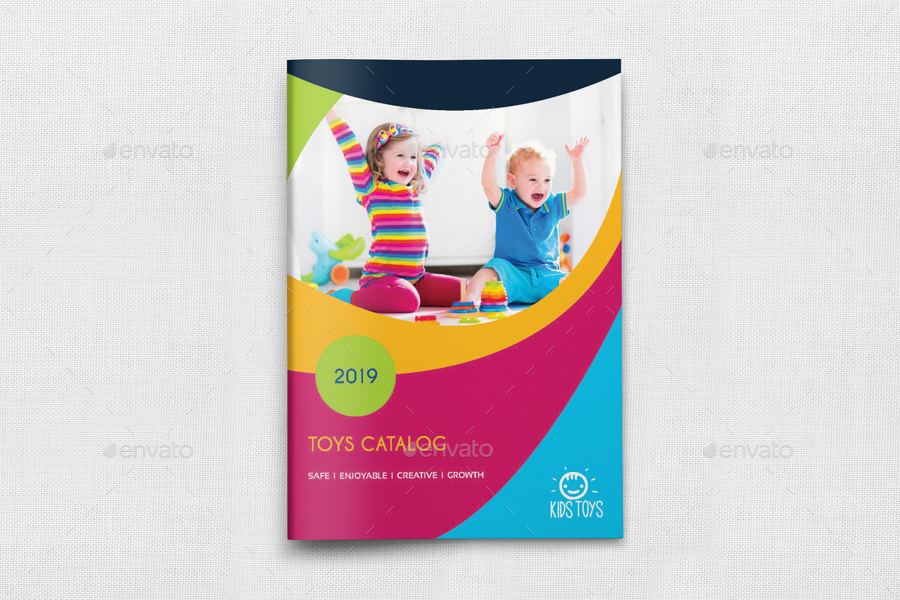
Toy Product Catalog Example
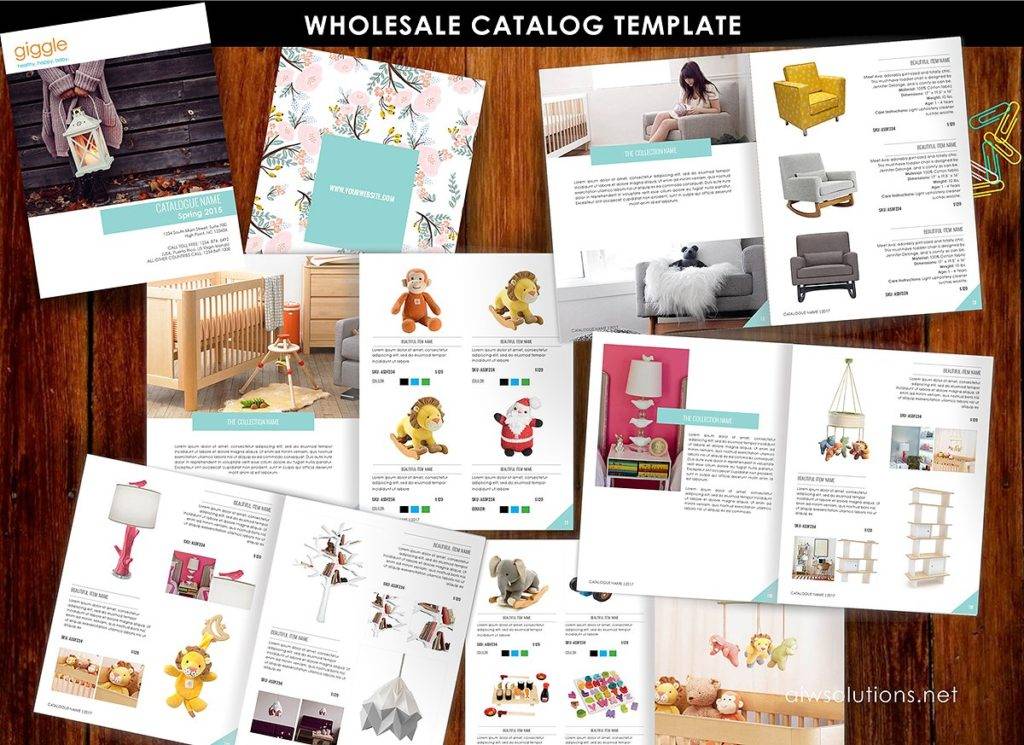
InDesign Toy Catalog Example

The Importance of Catalogs in Marketing
Along with promotional flyers and business brochures, catalogs are a significant part of print and digital media marketing that companies must invest on. Given how good design and catalog dynamics can greatly influence one’s buying decision, this is something that marketers can’t afford to get wrong.
So, why should a business use catalogs in the digital era?
This is a question that has left many marketers puzzling for answers. Some would argue that the internet is already composed of several social platforms that present a line of products the same way catalogs do; however, people often forget the whole essence of catalog marketing and how it has gradually evolved in the first place. You may also see landscape brochure designs and examples.
For starters, catalogs have slowly adapted to the modern age through the development of online catalogs. Not only is a potent tool for driving website traffic, but it can also help a business increase its online sales. Catalogs make it easier for potential customers to compare products in terms of their price range and quality as well. But because many consumers still prefer the conventional approach due to the tangible nature of print media, printed catalogs remain an optional medium for many businesses. Catalogs serve as a vital part of a multi-channel strategy that can help companies reach different demographics and market types. This allows a company to speak directly with their audience to further build their market presence, reputation, and brand. You may also like restaurant catalog examples.
Overall, people still adore the tactile feel of paper catalogs, while others enjoy browsing through digital catalogs as well. Catalogs are an outbound marketing technique that encourages impulse buying among consumers, which in return, helps a business generate better sales and revenue. As catalogs play a critical role in multi-channel advertising, creating a catalog that speaks in volumes to its desired audience is essential to reach marketing success.
Bohemian Kids Toy Catalog Example

Toys & Product Catalog Bundle Example
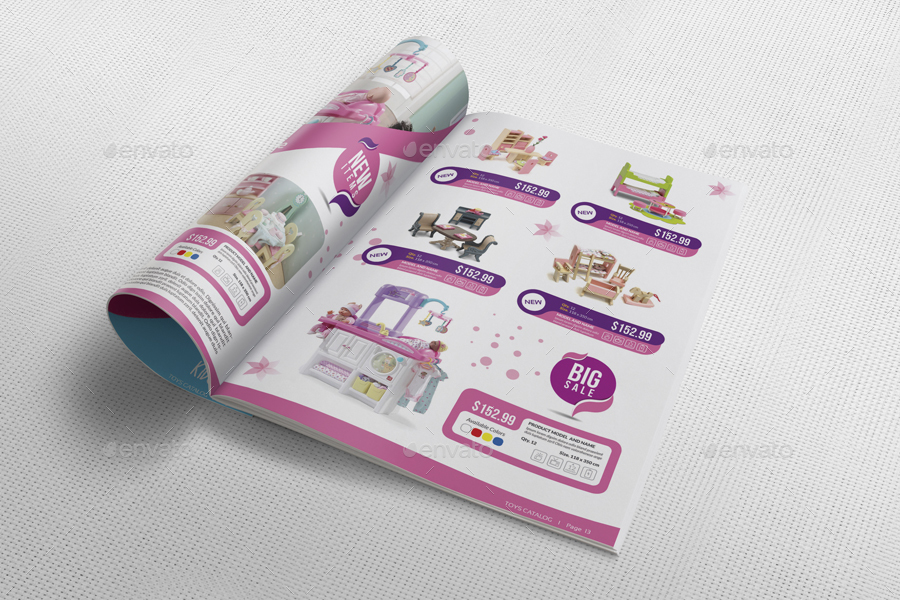
Modern Toy Catalog Example
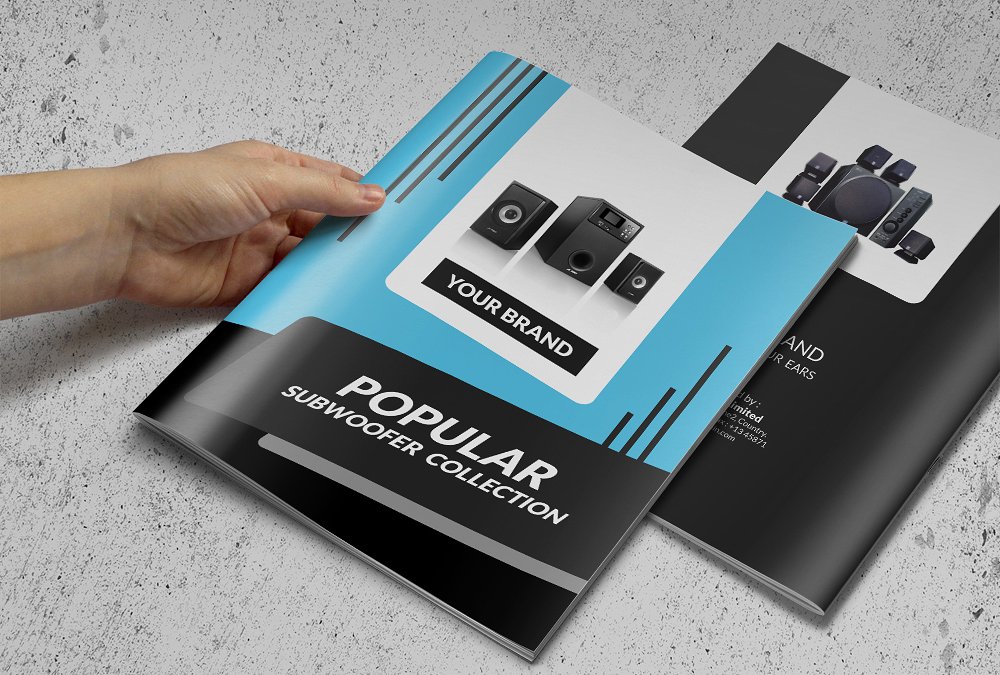
Baby’s Toy Store Catalog Example
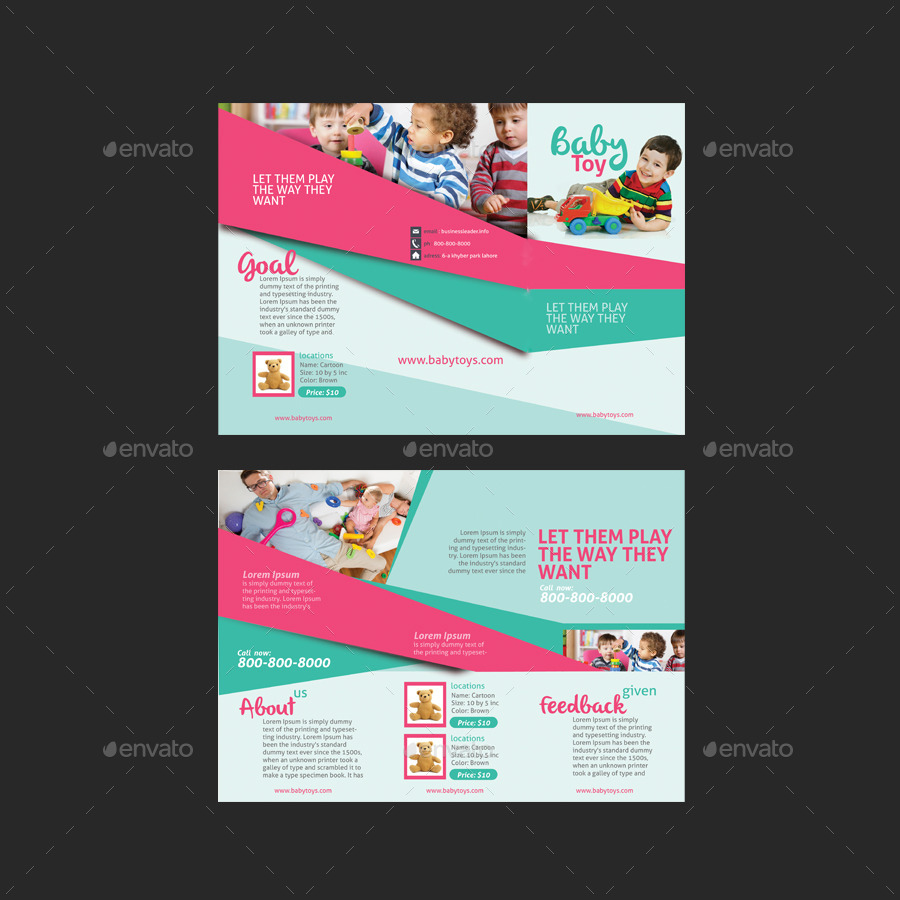
Design Tips for Making the Perfect Catalog
Creating a catalog with your buyers in mind is critical in catalog marketing. If you fail to connect with your target audience, then you could end up wasting a significant amount of time, effort, and money on a lost cause.
To ensure you make the most out of this marketing strategy, here are some tips on how you can build an effective catalog:
1. Make Communication Easy.
Don’t make it difficult for customers to reach you. The catalog must contain your contact details, and should be made completely visible to buyers. You can put your phone number, website URL, email, and social profiles on each page for readers to find. This will make it easier for potential buyers to get a hold of you if they ever need to place an order, make inquiries, or ask questions. Not only will this be useful for customers, but it can also help you plug in your online accounts and pages to increase web traffic. You may also see technology brochure designs and examples.
2. Provide thorough Product or Service Descriptions.
Sometimes, descriptions are all you need to get that extra push to make a sale. Not only should it tell a story of how a person could potentially benefit from such product, but it must consist of tactical information that buyers may find useful. For instance, product specifications listed in a sales promotion brochure can be of great help for people looking beyond just the color and price tag of a given product.
In addition to that, it’s also important to use simple language when relaying information. Keep in mind that your target buyers may not be familiar with the technicalities of a given item, so you must only use these words when it is absolutely necessary. Other details that you could include in the description are the size, pricing, where the product was manufactured, and what they are made of. You may also like business catalog designs & examples.
3. Images Are Important.
Images play a huge role in any promotional material. They’re a critical piece of your catalog, especially since it’s one of the few things that buyers refer to before making a purchase.
Imagine a company brochure or a fashion catalog without images, it’s almost as if you’re providing customers with an educational reference about advertising. With that being said, it’s important to use photos sparingly and correctly. You don’t want to end up turning your catalog into a photo album, so instead, use images where they are needed. You could hire a professional photographer to provide excellent quality photos for your catalogs, or you could have a graphic designer create mock-ups of your product to generate a similar impact.
4. Prolong the Life of Your Catalog.
A lot of companies produce customized catalogs for certain seasons, such as summer catalogs and winter catalogs. Though this is a great strategy to follow, businesses with tight marketing budgets may struggle with such method.
The truth is, designing and printing catalogs is relatively costly due to the number of pages it contains, as well as the quality of its material. With this in mind, a clever small business marketing strategy would be to extend the life of your catalog. You can reprint your catalog every 12-18 months by adding inserts every now and then to introduce new product releases. Digital catalogs, on the other hand, must stay up-to-date at all times.
5. Function over Fashion, always.
While a good-looking catalog is always a good choice, you need to make sure the medium remains functional. This means creating a catalog that is dedicated to its main purpose: to inform customers about a product and how they could place an order. Unlike other advertising tools, catalogs tend to be more wordy due to the amount of information included in its content. For example, catalogs typically have a section dedicated to the company’s terms and conditions. This includes the minimum order requirements, payment methods, shipping options, as well as refund and return policies that buyers must be aware of. This is usually found at the back part of the catalog so as to not overshadow the products being offered. You may also check out product catalog samples.
Catalog marketing is a popular strategy that marketers have been using for the past decades. This offers customers the convenience of selecting and ordering products from one or several suppliers to cater their personal needs. With this, business-to-consumer and business-to-business transactions may be conducted with ease through various business processes. Giving your clients and customers a series of options to choose from at the comfort of their own home is an incredible way to make sale, without having to communicate with them face-to-face. So, what are you waiting for? Now that we have discussed how catalog marketing plays out, it’s now time to create a sales catalog for your business to shine!


